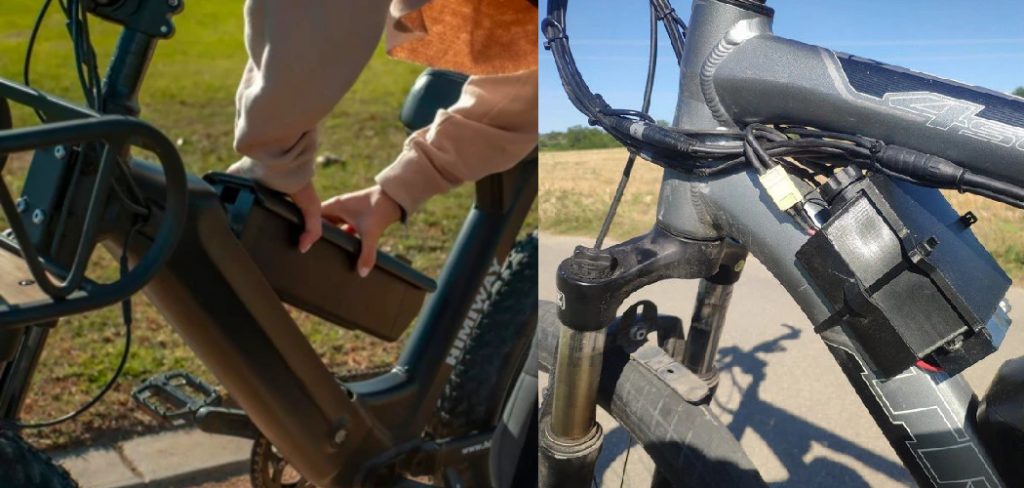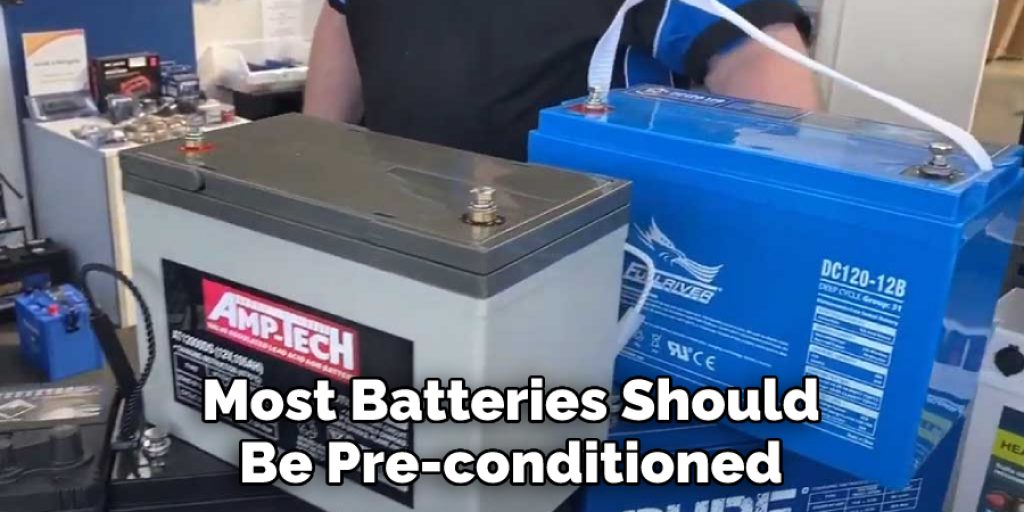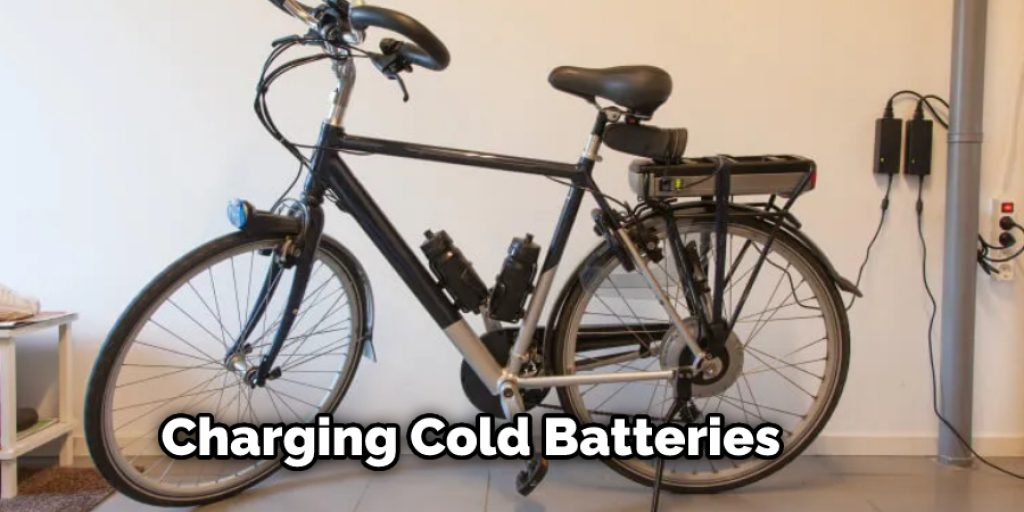How Long to Charge a Deep Cycle Battery
If you want to know how long to charge a deep cycle battery, this post is for you. Deep-cycle batteries are different from the car and motorcycle batteries that most people are familiar with because they can be discharged and recharged many times without significantly affecting their performance.

A typical lead-acid battery will last about two years before it needs replacing if it’s cycled once daily. On average, a deep-cycle battery should be replaced every five years or so. However, if your deep-cycle battery is not holding as much of a charge as it used to, or if you have to recharge more often than usual, you probably need to replace it. Read this full blog post to know more.
What is a Deep Cycle Battery?
A deep cycle battery is a rechargeable battery that has been specifically designed to be discharged. Whereas the lead-acid batteries commonly used in vehicles or other high-power functions have an upper cutoff limit, a deep cycle battery can be discharged and repeatedly recharged without any negative side effects. This is part of what makes them attractive to owners of solar power systems.
How does Deep Cycle Battery Works?
The term Deep Cycle battery might sound new to you if you are a novice in the field of marine, RV, or solar energy. It is nothing but a type of rechargeable battery that can be used for purposes other than its primary purpose, which is starting an automobile engine. These batteries are capable of running a few lights and small appliances over a period of time.
They can be used in an emergency to provide power for a short period. These batteries are similar to a starting battery but with added strength and durability. They are instrumental in the marine or off-grid solar energy fields as they can work over an extended period without recharging.
7 Factors That Determine How Long to Charge a Deep Cycle Battery
1. The Capacity of the Deep Cycle Battery
The capacity of a deep cycle battery is the most important factor in determining how long to charge it. You can calculate this by multiplying the current rating (in Amps) by the voltage rating (in Volts).
2. The Health of the Deep Cycle Battery
Less than 100% charge is considered a partial state of charge and affects long-term battery life. A healthy, fully charged battery should have voltage readings above 12.6 to 12.8 volts during charging (fully charged) and 10.5 to 10.75 volts during discharging (partially drained). A fully charged battery with readings below this range indicates an aging battery. If the batteries are subjected to regular, partial charging by being plugged in (even if it’s not turned on) for long periods, this would definitely reduce their lifespan.
3. The Age of the Deep Cycle Battery
Due to the chemical nature of battery cells, they do have a limited lifetime. As batteries age, their ability to accept and discharge current also decreases, resulting in both a loss of power and a reduction in cycle life (or several charging cycles). This is why it’s important to consider replacing old batteries when using them for long periods.
4. The Charging System
A weak or inadequate charging system will also affect the time required to charge a deep cycle battery. In addition, inadequate charging systems may cause the batteries to overheat and possibly even vent, resulting in damage.

5. Voltage Setting of the Charger
The voltage setting of a battery charger refers to the level at which it will begin charging. For lead-acid batteries, most chargers have settings ranging from 8 volts (for fast charging) to 14.4 volts (for slow charging). The higher the charging voltage, the faster it is to get back up to a full charge. Charging at a higher voltage will shorten the charging time but may also cause damage to the battery and is not recommended under most circumstances.
6. The Type of Deep Cycle Battery
Two types of deep cycle batteries are Flooded Lead Acid (FLA) and Valve Regulated Lead Acid (VRLA). Flooded batteries have caps on top to allow the user to fill up with or “topped off” water as needed. Valve Regulated batteries, also called sealed or recombinant batteries, are not intended to be topped off. Topping a VRLA battery can cause the oxygen and hydrogen in the electrolyte formula (which is highly flammable) to mix, resulting in an explosion or fire.
7. The Size Of the Load
The load refers to the device powered by the battery and is usually measured in amps (A). Larger loads will require more energy from the battery and, as a result, take longer to charge. For example, devices such as home lighting systems usually have low loads of around 5-10 Amps. In comparison, golf cart batteries used to power electric vehicles (especially larger models with motors that use significantly more power) can have loads as high as 200A.
These seven factors will help determine how long it takes to charge a deep cycle battery. Please note that this is not an exhaustive list but should give you a good basis to start with.

Difference Between Starter and Deep Cycle Batteries:
Starter Batteries:
- Starter batteries are engineered to provide a short high-powered burst of energy to crank a car’s engine and then quickly recharge. They’re not designed for long-term use.
- Known as “non-sealed” or “vented,” these traditional lead-acid car batteries require periodic topping off with distilled water, must be kept in a ventilated space, and are best suited to start engines a few times a week.
- The whole process of charging and discharging a starter battery is speedy (a matter of minutes) at first but slows down dramatically after the first few cycles.
- To add more life to your traditional car battery, it either needs to be recharged more frequently with a special low-current trickle charger that is left connected to the battery for extended periods of time or replaced with a high-performance gel-cell unit.
- Car batteries will eventually self-discharge and become unusable if they’re not used regularly. That’s why automakers recommend pulling the car’s ignition fuse before putting it up for storage.
Deep Cycle Batteries:
- Deep cycle batteries are engineered to sustain a discharge rate much higher than starter batteries and do not need to be recharged as often.
- They’re used in RVs, boats, golf carts, wheelchairs, and backup power systems for homes or offices where the units will be stored away from the power grid for months at a time.
- Unlike traditional car batteries, deep cycle batteries can sustain numerous discharge and recharge cycles over long periods of time (years) without losing their charge capacity or requiring additional maintenance.
- They’re also more forgiving than starter batteries. They can be stored for up to a year and still retain 80% or more of their capacity, and they can be discharged to different levels depending on their intended use.
- Some deep cycle batteries are also “sealed” or “maintenance-free.” They do not need to be topped off with water, making them a good candidate for an emergency power source that will rarely be used.
5 Tips and Suggestions To Charge A Deep Cycle Battery Properly
Proper charging of a deep cycle battery is critical. Not doing so can result in long-term damage to the battery and will shorten the overall life span and diminish performance. Here are some important tips and suggestions to follow when charging your batteries:
Pre-Conditioning:
Most batteries should be pre-conditioned before initial use. A deep cycle battery that is not pre-conditioned will have a shorter life span than one which is properly pre-conditioned.

Arm Temperatures:
Charging your batteries in warm ambient temperatures can help boost performance by as much as 20%. Conversely, batteries charged at cooler temperatures will have a reduced charge acceptance rate and internal electrolyte stratification.
Charging Cold Batteries:
If you can help it, try not to charge a deep cycle battery that is below 50 degrees Fahrenheit if possible. Low-temperature charging can cause water loss due to gassing, getting hot while charging, or not reaching peak capacity.
Rates of Charge:
Never exceed charging rates of 2-3 amperes per 100 amp hour of battery capacity and 1-2 amperes per 25 amp-hour if possible. Never use an automotive-style or “trickle” charger, as this will result in overcharging.
Battery State of Charge:
Avoid overcharging by monitoring the state of charge. Either measuring specific gravity or voltage can do this.

Conclusion
The amount of time or how long to charge a deep cycle battery should depend on the size and type. One thing to remember is that batteries have a voltage tolerance to withstand fluctuations within certain ranges without damage.
It’s also important to note that charging too long or at too high of a rate will wear out your battery faster than it would be if you only charged for the recommended length of time.
Therefore, if you are charging your battery, ensure it is not overcharged and that the charger automatically turns off when done with the process. As long as you follow these simple steps, you should have no problem keeping your batteries fully charged!




